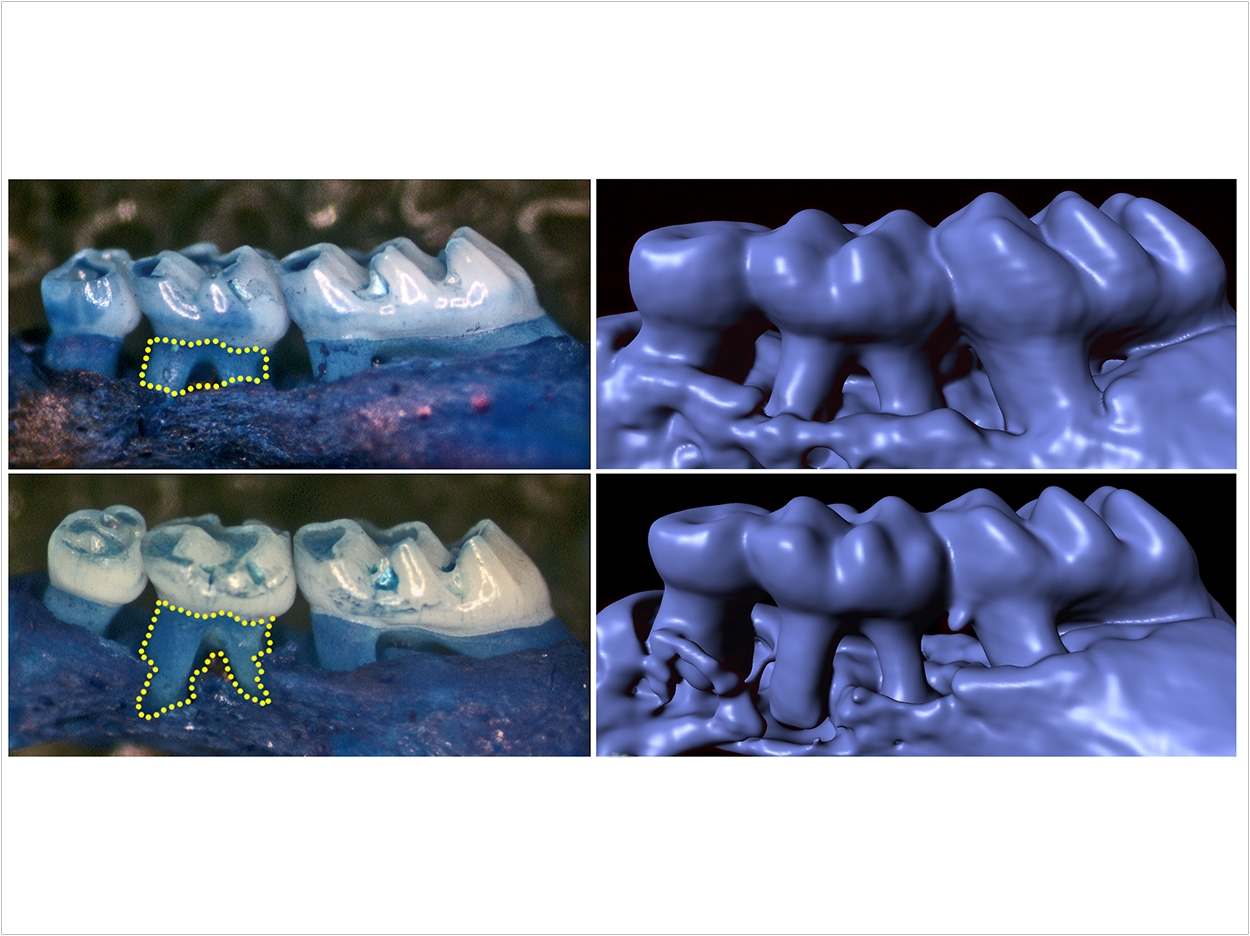
Chemical-sensing cells in the gums protect the mouth by guarding against infections that damage soft tissue and destroy the bone that supports the teeth, according to researchers at the Monell Chemical Senses Center.
With the help of bitter taste receptors that also detect byproducts from harmful bacteria, these cells trigger the immune system to control the amount and type of bacteria in the mouth and could one day lead to personalized treatments against gum disease, the researchers said.
These cells, known as solitary chemosensory cells (SCCs), are present in the gums of mice. These taste-like chemical detectors sense irritants and bacteria, and they are present throughout the gut, urinary tract, nasal cavities, and gums.
“These sensory cells may provide a new approach for personalized treatment of periodontitis by harnessing a person’s own innate immune system to regulate their oral microbiome,” said Robert Margolskee, MD, PhD, Monell Center director and president.
By knocking out taste-signaling molecules like gustducin or genetically removing gum SCCs in mice leads to overgrowth of pathogenic oral bacteria and periodontitis, the researchers said. Conversely, stimulating bitter taste receptors in SCCs promotes the production of antimicrobial molecules.
Mice that don’t have gustducin in their SSCs have a more damaging set of microbes living in their mouths compared to normal mice, implying that the lack of gustducin disconnects the sentinel cells’ molecular signal to other systems.
Importantly, the researchers said, differences in the oral bacterial composition of the gustducin-less mice compared to normal mice occurred before any loss of bone in the gums, implying that differences in the oral microbiome could be used as a harbinger of disease.
In previous studies with other tissues, researchers found that activating the bitter taste receptor TAS2R38, which is expressed in human nasal SCCs, stimulates the secretion of antimicrobial peptides (AMPs) that repress the growth of respiratory pathogens.
To examine the effects of repeated stimulation of gum SCCs on periodontitis and the release of gum AMPs, the researchers applied a mouthwash including the ultra-bitter substance denatonium to the gums of the mice twice a day.
This activated gum SCCs and their antimicrobial molecules, which reduced periodontitis in normal mice but not in the periodontitis-susceptible animals without gustducin.
After receiving the denatonium, normal mice showed an enhanced release of an AMP called β-defensin, which was produced at more than twice the levels seen in control mice treated only with saline mouthwash. But when the gustducin-mice were given denatonium mouthwash, there was no effect on the level of β-defensin.
“Our study adds to a growing list of tissues we now know contain SCCs and indicates that the common molecular pathways in gum SCCs are involved in the regulation of oral microbiota,” said researcher and cell biologist Marco Tizzano, PhD. “In the absence of taste signaling in the gums, the oral microbiome changed in mice without gustducin.”
From this animal study and from unpublished work in humans, the researchers expect that gum SCCs in humans play a similar role in regulating the makeup of the oral microbiome, said coauthor Xin Zheng, a dental science researcher from the National Clinical Research Center for Oral Diseases, West China Hospital of Stomatology.
The researchers surmise that since genetic differences in taste receptors are commonly detected in people, particularly loss of function of TAS2R38, the dysfunction of taste-receptor-mediated innate immune responses could be used for dental chairside screening for individuals who may be most susceptible to oral infectious diseases.
The study, “Gingival Solitary Chemosensory Cells Are Immune Sentinels for Periodontitis,” was published by Nature Communications.
Related Articles
Research to Explore Possible Link Between Periodontitis and Oral Cancer
The Silent Killer Only Dentists Can Stop
Electrochemical Therapy Enhances Antibiotic Treatment for Dental Implants



